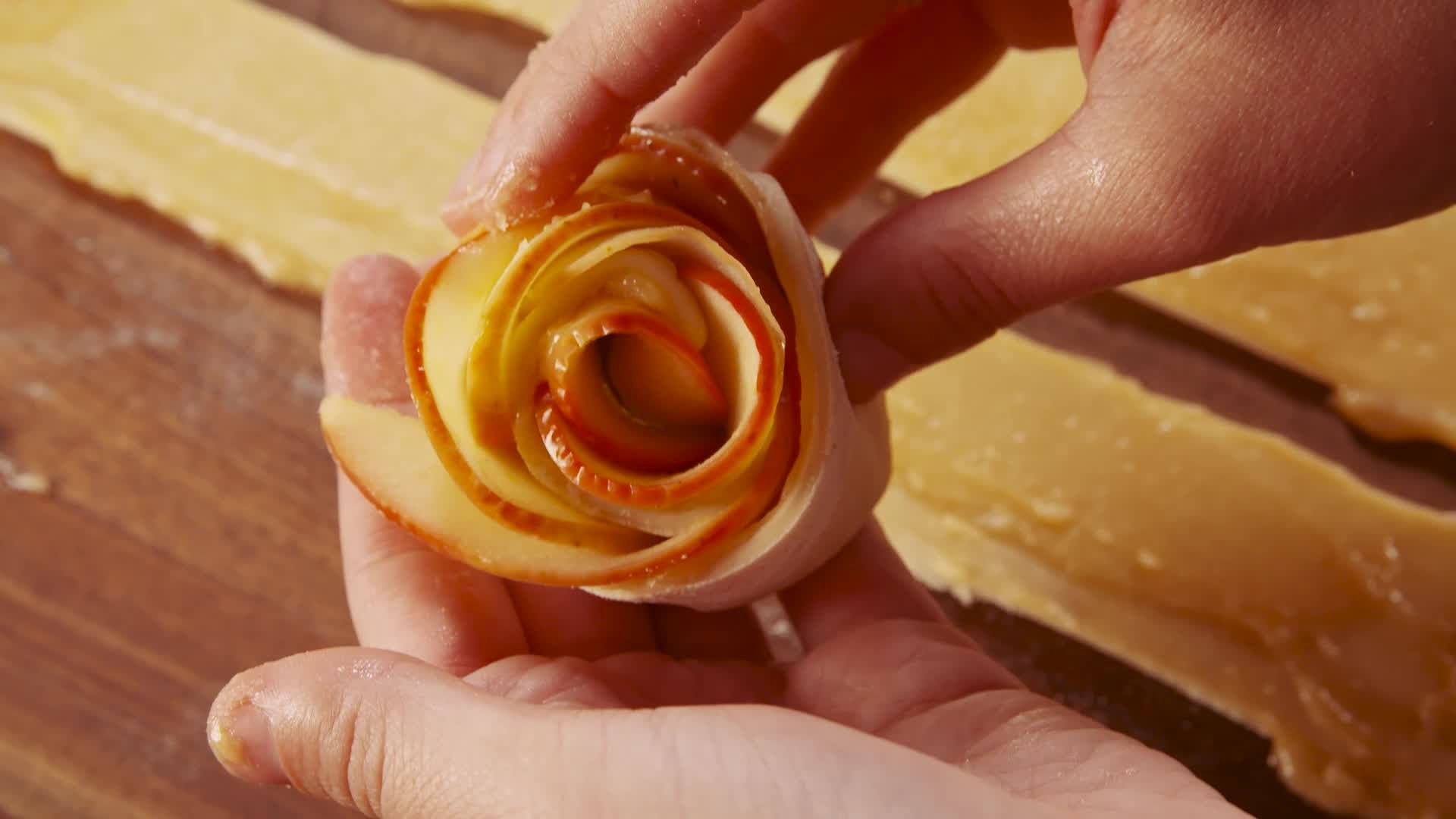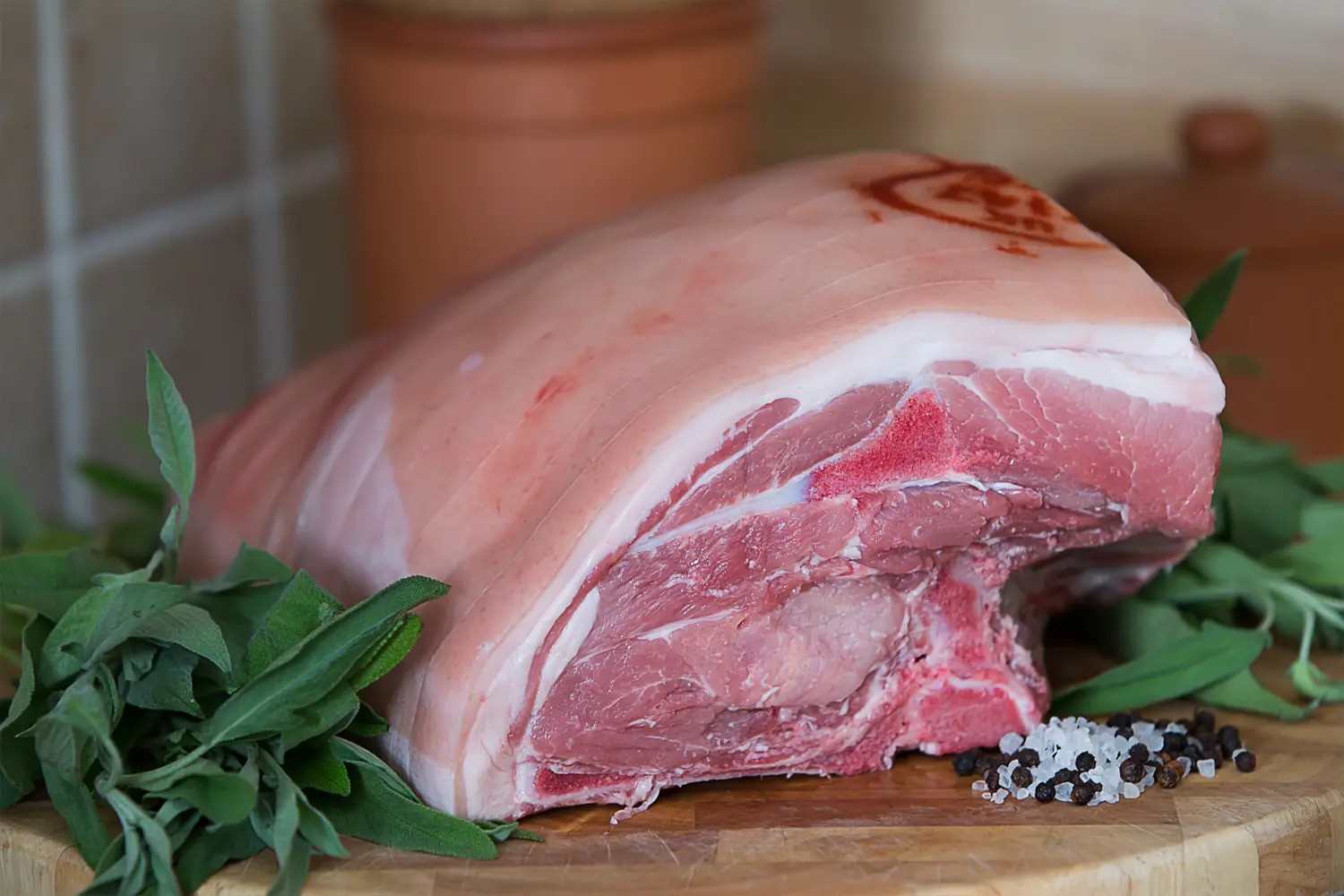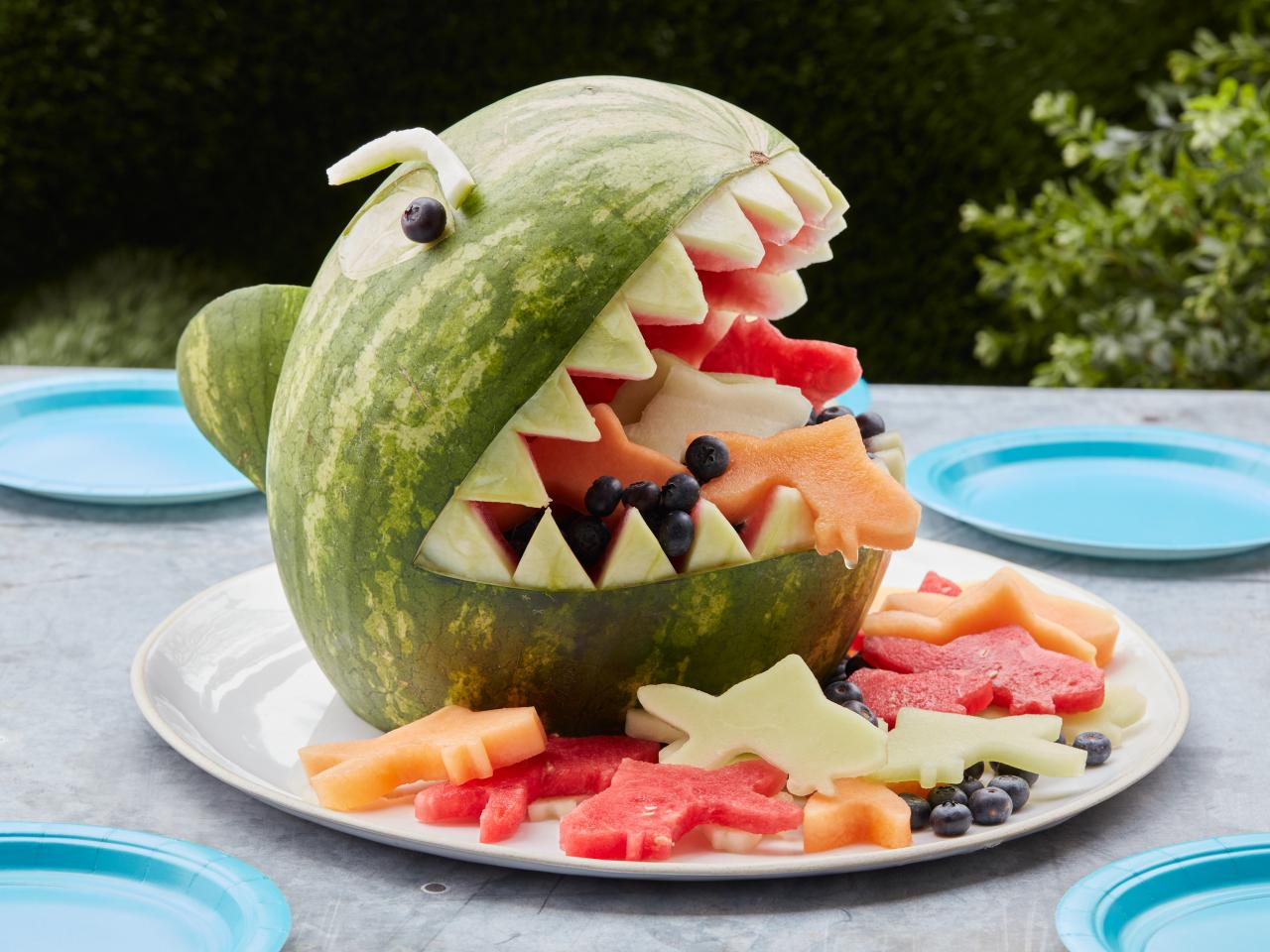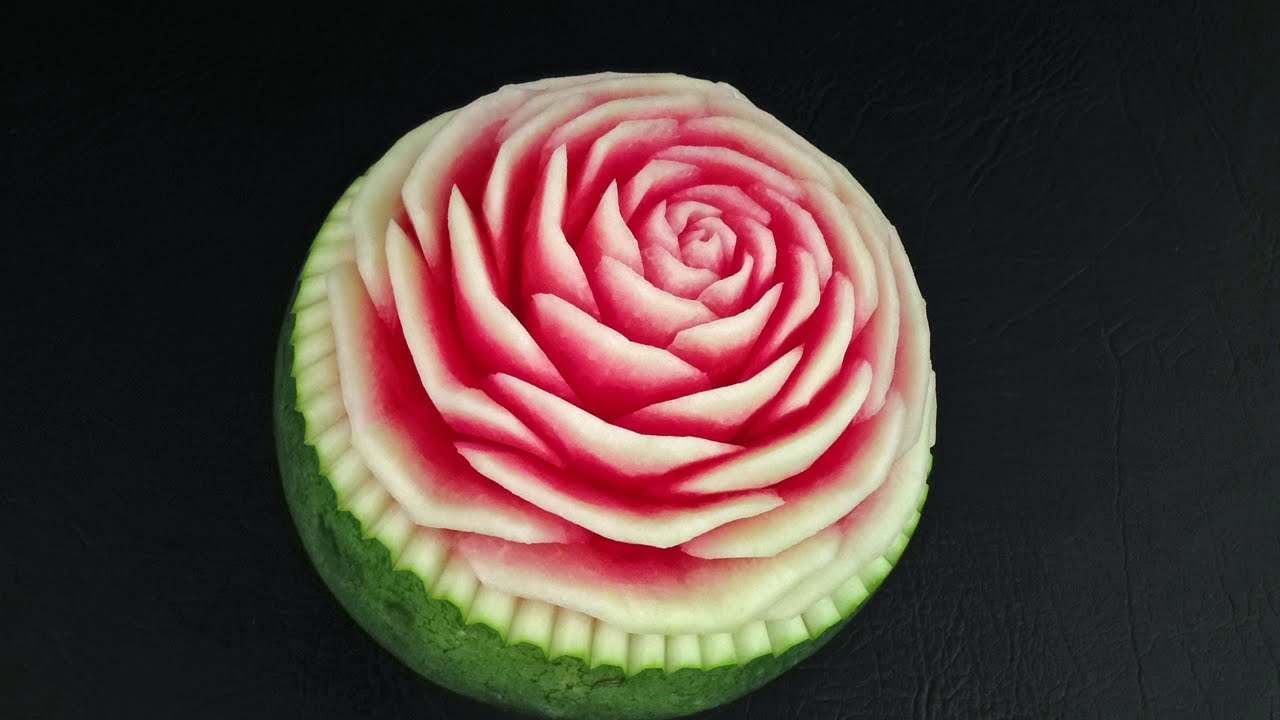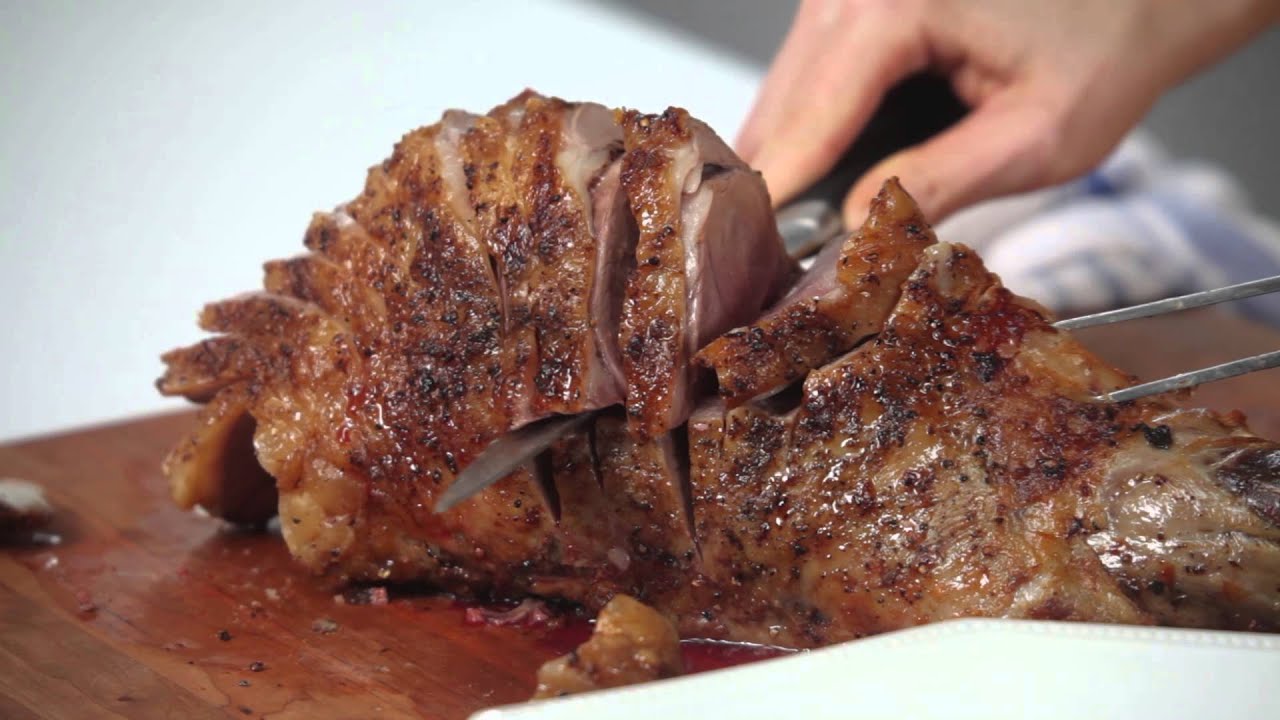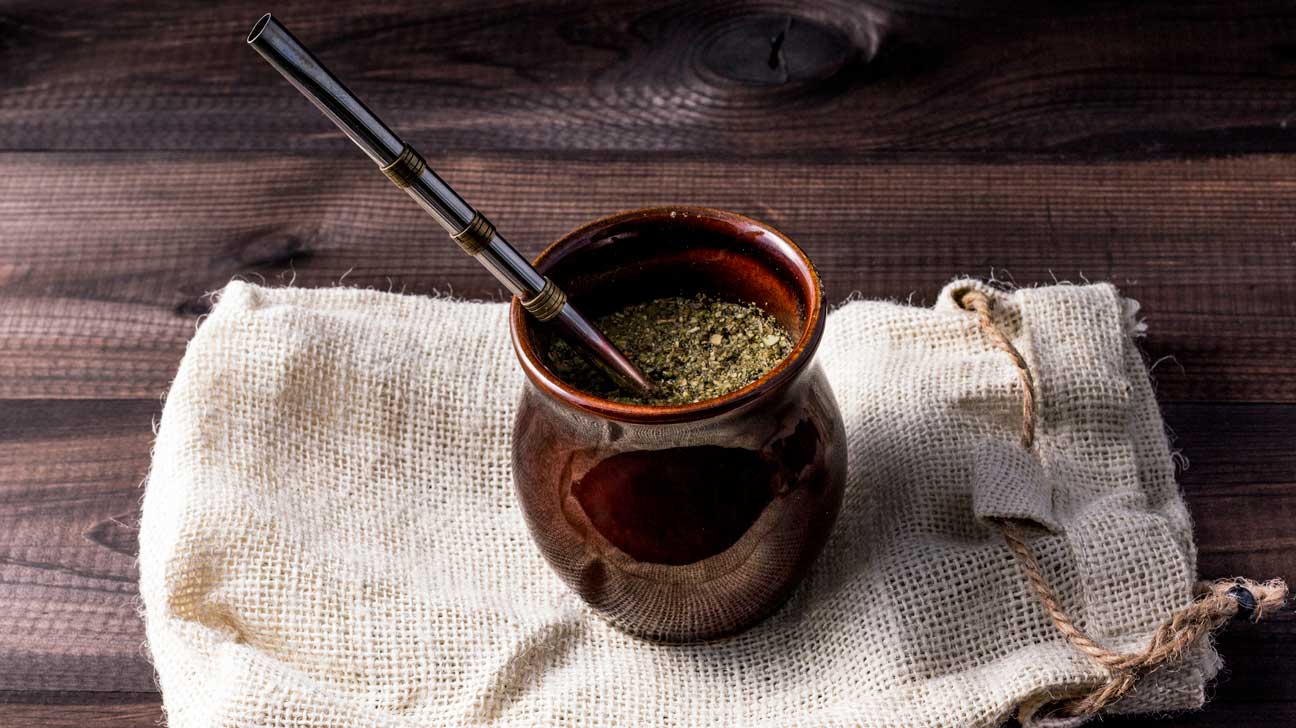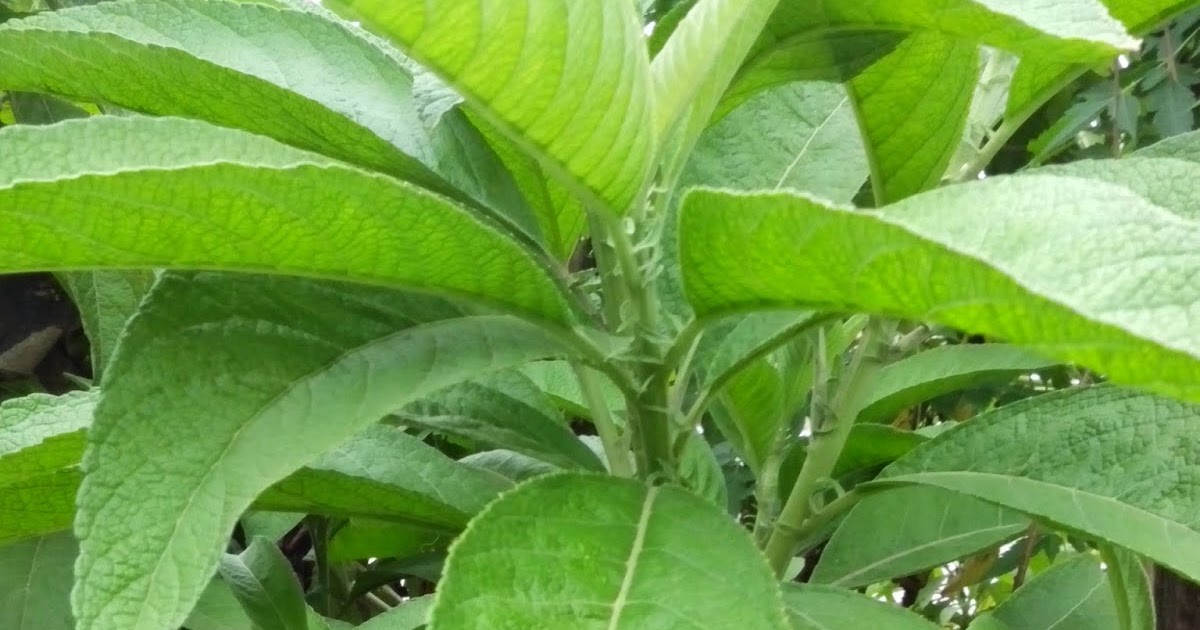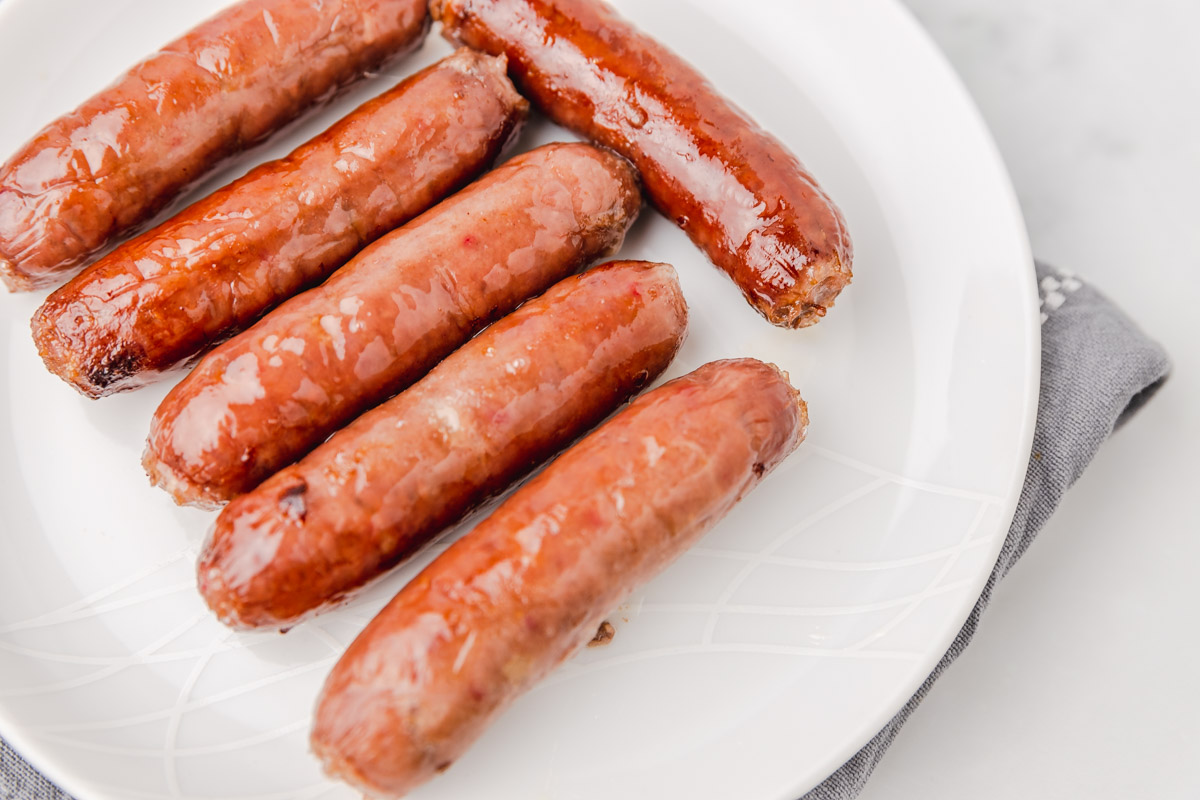Get Creative with Your Fruits and Vegetables
Carving fruits and vegetables can be a fun and creative way to add a touch of elegance to your dishes. Whether you’re preparing a special meal or simply want to impress your guests, learning how to carve fruits and vegetables can take your culinary skills to the next level. Here are some tips to help you get started:
Choose the Right Tools
Before you begin, make sure you have the right tools for the job. A sharp paring knife, a melon baller, and a small, sharp carving knife are essential for creating intricate designs. You may also want to invest in a set of vegetable carving tools, which can make the process easier and more precise.
Select the Perfect Produce
Not all fruits and vegetables are created equal when it comes to carving. Some of the best options for carving include watermelon, cantaloupe, carrots, and cucumbers. These fruits and vegetables are firm enough to hold their shape when carved and can be easily manipulated into beautiful designs.
Basic Carving Techniques
Once you have your tools and produce ready, it’s time to start carving. Here are some basic techniques to get you started:
- Peeling and Slicing: Use a sharp knife to carefully peel the skin off the fruit or vegetable. Then, slice it into the desired shape and size.
- Carving Shapes: Use a small carving knife to create intricate designs, such as flowers, leaves, or geometric patterns.
- Using a Melon Baller: A melon baller is perfect for creating small, round shapes out of fruits like watermelon and cantaloupe.
Advanced Techniques
Once you’ve mastered the basics, you can move on to more advanced carving techniques. These may include creating 3D designs, carving intricate patterns, or even carving multiple pieces of produce to create a larger display.
Practice Makes Perfect
Like any skill, carving fruits and vegetables takes practice. Don’t be discouraged if your first attempts don’t turn out exactly as you’d hoped. Keep practicing, and soon enough, you’ll be creating stunning carved creations that will impress everyone who sees them.
Displaying Your Creations
Once you’ve carved your fruits and vegetables, it’s time to display them. Consider using them as garnishes for salads, fruit platters, or even as decorative accents for your main dishes. Your beautifully carved produce will add an extra touch of elegance to any meal.
Conclusion
Carving fruits and vegetables is a fun and creative way to elevate your culinary skills. With the right tools and a bit of practice, you can create stunning designs that will impress your guests and add a touch of elegance to your dishes. So, why not give it a try and see where your creativity takes you?
Was this page helpful?
Read Next: How To Carve Lamb Shoulder
